
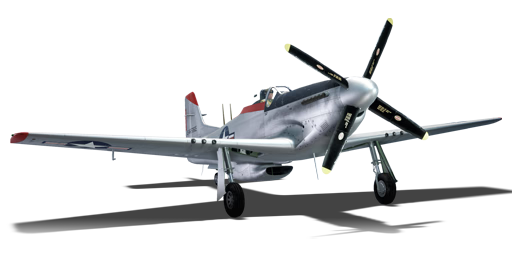
Aviation
P-51D-30
IV
Rank
AB
4.7
RB
5.0
SB
5.3
Battle rating
USA
Research country
Fighter
Main role
46,000

Research
155,000

Purchase
General information
Flight performance
Max speed
at 6,400 m
721672754689 km/h
Rate of Climb
22.718.328.818.3 m/s
Turn time
2021.818.921.1 s
Max altitude
12,700 m
Takeoff Run
396 m
Landing
flaps
flaps
Take-off
flaps
flaps
Combat
flaps
flaps
Air
brake
brake
General characteristics
Crew
1 person
Engine
Length
9.8 m
Wingspan
11.3 m
Wing Loading
202 kg/m²
Weight:
Base weight
3.763.883.673.86 t
Fuel in main tanks
0.74 t (1h 45m)
Limits:
Max Speed Limit (IAS)
910 km/h
Mach Number Limit
0.85 M
G limit
≈ -5/11 G
Flap Speed Limit (IAS)
L / T / C
265 / 513 / 644 km/h
Gear Speed Limit (IAS)
281 km/h
Offensive armament
6 × 12.7 mm M2 Browning machine gun
Ammunition
1,880 rounds
Fire rate
750 shots/min
One-second Burst Mass
0.54 kg
| Belt | Belt filling | Armor penetration (mm) at a distance: | |||||
|---|---|---|---|---|---|---|---|
| 10 m | 100 m | 500 m | 1000 m | 1500 m | 2000 m | ||
| API-T/AP/AP/I | 30 | 27 | 20 | 13 | 9 | 6 | |
| AP-I/AP-I/API-T/I/I | 28 | 26 | 18 | 11 | 7 | 4 | |
| API-T/I/AP/AP/AP-I/AP-I | 30 | 27 | 20 | 13 | 9 | 6 | |
| API-T | 28 | 26 | 18 | 11 | 7 | 4 | |
| AP-I/I/AP-I/I | 28 | 26 | 18 | 11 | 7 | 4 | |
Suspended armament
Max weight
1,510 kg
Wing loading
left / right
Maximum
755 kg
Max. difference
550 kg
| Name | Weight | Slot | ||||||||||
|---|---|---|---|---|---|---|---|---|---|---|---|---|
| 62.8 kg | 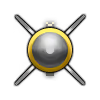 |  |  |  |  |  |  |  |  |  | ||
| 3 × | 51.8 kg | 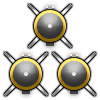 |  | |||||||||
| 49.9 kg |  |  | ||||||||||
| 117.9 kg |  |  | ||||||||||
| 242.6 kg |  |  | ||||||||||
| 500.8 kg | 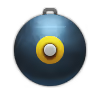 |  | ||||||||||
| 416.4 kg | 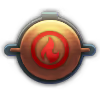 |  | ||||||||||
Economy
Repair cost
Basic → Reference
AB
1,901 → 2,509 

RB
4,606 → 6,080 

SB
6,651 → 8,779 

Crew training
45,000 

Experts
155,000 

Aces
820 

Research Aces
440,000 

Reward multiplier
AB / RB / SB
80 / 200 / 410 % 

160 % 

Total cost of modifications
40,400 

78,200 

Talisman cost
1,400 

Research order:
Flight performance | |
|---|---|
Survivability |
|---|
Weaponry | ||
|---|---|---|
Rating by players
You must play more than 3 battles for the last week and more than 10 battles in a vehicle to rate it.
Like:
72
Flight performance:
Not enough ratings
Survivability:
Not enough ratings
Aerial combat:
Not enough ratings
Ground attack:
Not enough ratings
Balance:
Not enough ratings
Tips & Tricks
This space is currently empty
Do you know any interesting vehicle features?
Loading...
No articles about this vehicle yet
Become the first author and get rewards!
Write a guide, tell about interesting historical facts, make a tutorial or simply an interesting post.
No more content